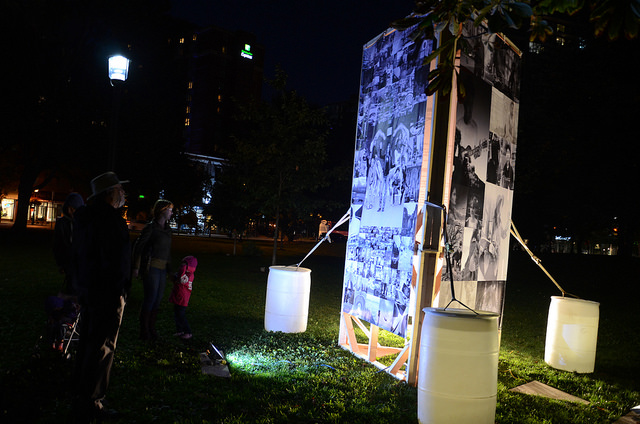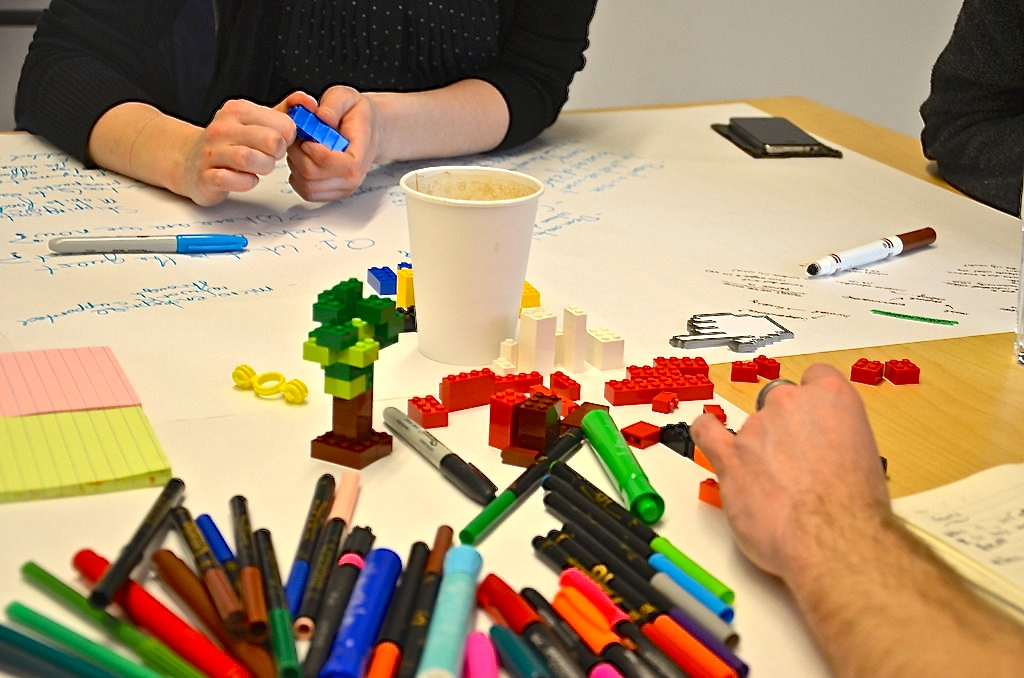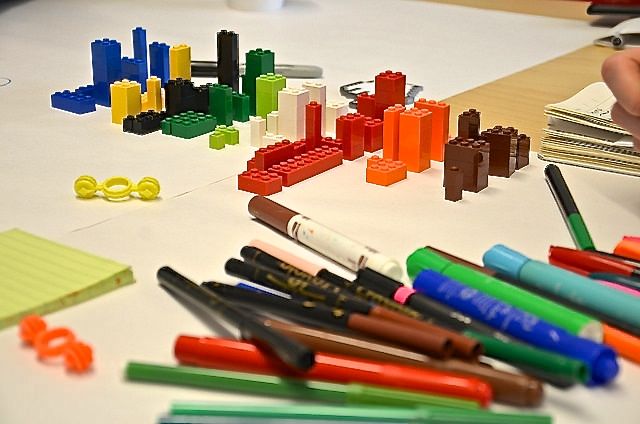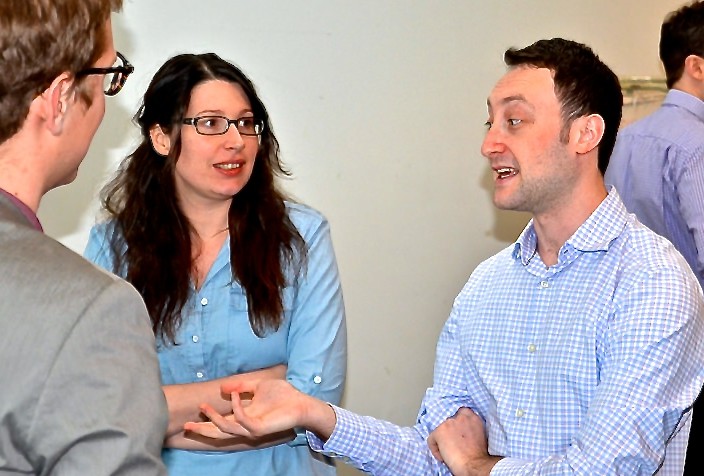
LandMark was a month-long community engagement project that Exhibit Change ran in partnership with the St. Lawrence Market Neighbourhood BIA.
Involving over 40 partnerships is make it a reality, one of the key elements of the project was the matching of our team of photographers with local organizations in order to highlight how these community projects are helping to make Toronto a great city to live in.
Our LandMark photographer Diana Nazareth interviewed her community partner Isorine Marc, who is the founder of Jamii, to uncover the story that would be translated into the photo essay for Scotiabank Nuit Blanche.
Tell us about your mission? What was the inspiration for your idea/company/project?
In 2008, some of my neighbors and I came together to organize in The Esplanade neighborhood a few small but meaningful grassroots community activities throughout the summer days. Events ranged from outdoor barbecue to gardening, including bike clinics, movie nights and a mini arts festival. Within a couple of months, the change was obvious: after thirty years of living next to each other, neighbors started living with each other. This is the very core of Jamii’s inspiration.
I believe in one’s creativity; I believe in the power of arts to build our community stronger; I believe in people taking ownership of their public space; and I believe in the importance of nurturing a sense of pride of and belonging to the place where we live.
I founded Jamii in 2011. Jamii’s mandate is to enhance The Esplanade neighborhood’s vitality by initiating and producing arts-based community-engaged projects and events in and around Crombie Park.
The success of Jamii is not only in its vision, but also in the people and organizations that support it. The list is long, but it’s important for me to mention one of our greatest partner, CORPUS, the dance/theatre company I work for. It’s been a decade of taking arts to the street throughout the world. CORPUS has been supporting and partnering with Jamii – since the very beginning, to transform The esplanade with creativity.
The echoing of “change comes from within” resonates on The Esplanade. I’ve been living here since 2006, and I love my “village” – as I call it. The people I work with, engage with, partner with are my neighbors, friends, daughter’s friends, classmates, teachers (…). It ‘s not an outside force that comes in our homes to bring change: it’s us, Esplanadians, who create our tomorrow.

How would you describe yourself in 10 words or less?
Passionate, engaged, happy, social, driven, enthusiast, hard-working, persevering, focused, generous and loving. That’s 11.
What is most sacred to you?
As of today: my 2-yrs old daughter. She needs my love and guidance.
Who or what is a current influential force in your life?
The excitement burning in me when thinking of what’s possible.
The discipline to see things through.
What was the hardest part of growing up for you?
I can’t think of any: all was happening to get me all set for what was coming. What I love is continue growing up and getting ready for what’s always ahead.
What advice can you offer to young women with GOOD ideas today?
Trust that you’re capable and don’t think about it twice: just do it.
Where will you be in 5 years? What will your ‘mission’ look like?
I don’t know where I will be, maybe here – maybe there; but I know it will be nice and I’ll feel good about myself, about my life.
I hope that The Esplanade neighborhood will be thriving and as creative as ever, under the leadership of Jamii; and if not under its leadership, I hope that Jamii’s legacy will be in the air, one way or the other.
Where can we find out more about your project?
www.jamiiesplanade.org






















 We work in complex problems and sometimes find ourselves as the ones who have to say, “hold on… what are we actually trying to achieve here?”
We work in complex problems and sometimes find ourselves as the ones who have to say, “hold on… what are we actually trying to achieve here?”
